Fashion's next frontier
May 20, 2020
A global epidemic that is steering us into an unknown state becomes an opportune moment for a makeover. How we continue to communicate with one another is in question – and perhaps leveraging our virtual identities is the way forward.

Let’s face it: the person we project on social media is a curated version of ourselves, regardless of where you sit within the spectrum. We have become accustomed to making minor tweaks to our photos, from the subtlest gesture of colour tuning to masking in one of the many beauty filters widely accessible. There’s no stopping there, either, as we see a surge in technology, developing digital avatars that allow us to shapeshift in many previously unforeseen ways.
Digital avatars might feel like a foreign term for most of us, but it’s actually a concept we’re quite familiar with. Hollywood cinema has normalised the technology since the 1970s and ’80s, but director James Cameron’s 2009 sci-fi film Avatar is perhaps the easiest example to envision. Besides the film industry, the gaming scene has honed in on this concept big-time. Let’s not forget Second Life and The Sims, the latter of which kick-started the millennium and sold nearly 200 million copies worldwide. It blazed a trail for others to follow, the most well-known being Fortnite, which has earned more than US$2 billion from in-game skin purchases alone.

Whether we’re physically present or living persona in the digital-sphere, there seems to be a common denominator of personalisation. Take Fortnite as an example; its in-game skins by no means add to a player’s skills, but act as an added cool factor, giving users an edge to the generic template attire.
So, you may ask, what does this have to do with fashion? Well, in a community that’s all about the perfect #gram, honouring aesthetics over function, digital avatars and their complementary advancements are capable of feeding our on-demand desires and personalised needs.
Living in these testy times has forced us to recalibrate how we approach communication and content. In the context of commerce, businesses, brands and influencers have to stay agile in how they speak effectively with their audiences – and now with the added challenge of doing it all remotely.
The horror of an outbreak should never equate to the entirety of the situation. Just like war, new beginnings do emerge, but it takes a certain amount of optimism, grit and resourcefulness. Whether or not the event of COVID-19 will be behind us soon, this is the perfect moment to awaken and put innovation at the forefront. Quitting isn’t an option; seize the opportunity and start incubating new concepts. We’ve highlighted some key trends that are manifesting around the world, which may just spark your million-dollar idea.
VIRTUAL INFLUENCERS

Image courtesy: Brud records
Besides Lil Miquela, created in 2016 by a Los-Angeles based AI media studio and who pioneered the scene as a virtual character with a cult Instagram following of 2.1 million to date, these synthetic characters – made by a single user (us) or orchestrated by a symphony of tech-savvy engineers – have seeped into our lives.
Apps such as Facemoji and Memoji have also invited new means of self-expression – allowing you to create new faces without social and environmental constructs. The Gen Z clan are receptive to such developments, as they resonate with their values and openness towards fluid, non- binary definitions of identity.
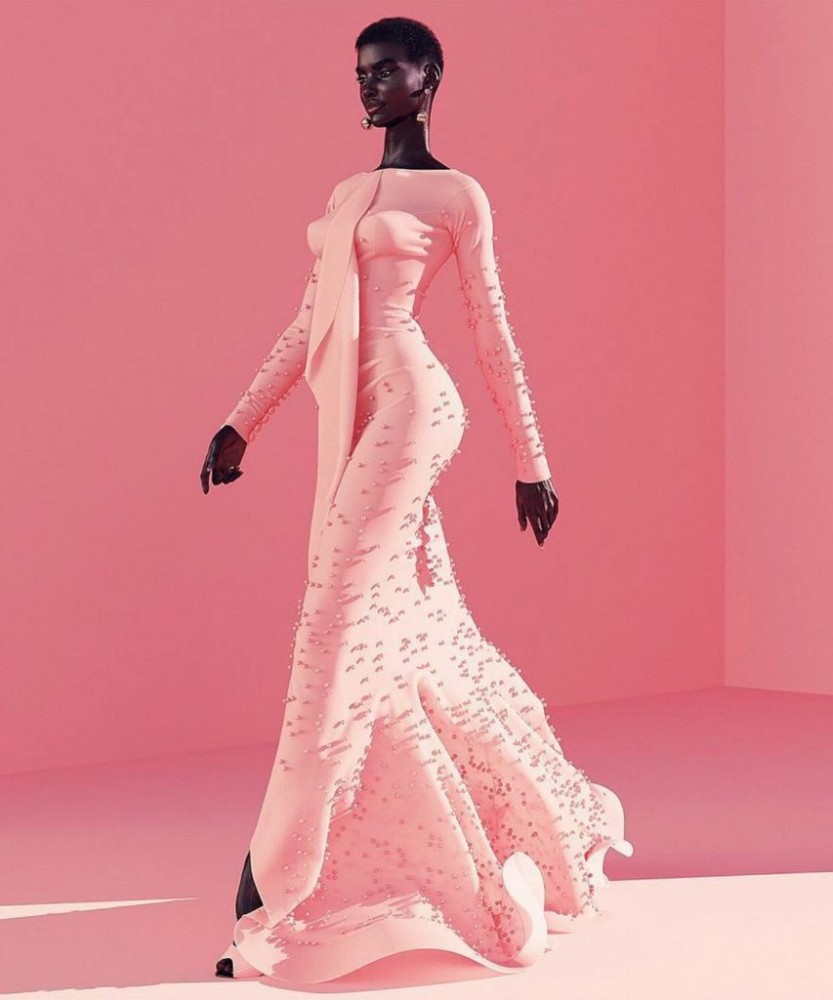
and photographer Cameron-James Wilson
Image courtesy: The Digital LTD.
From the perspective of brands, what’s the harm in testing the virtual influencer waters? According to Raymond Zhang, senior vice-president for strategy at fashion e-commerce platform Mogu, “The rewards are obvious. Virtual influencers can work nonstop. They don’t have any real-people problems; they can just be selling products and working 24/7.”
One matter that’s worth mentioning, though, is that these idols and influencers don’t just rise from the ashes. Businesses eager to tap into this space must be aware of headcounts involved in the process – virtual influencers are primarily programmed by a team of skilled writers that help run the show.
“MAKE-BELIEVE” DIGITAL CLOTHING
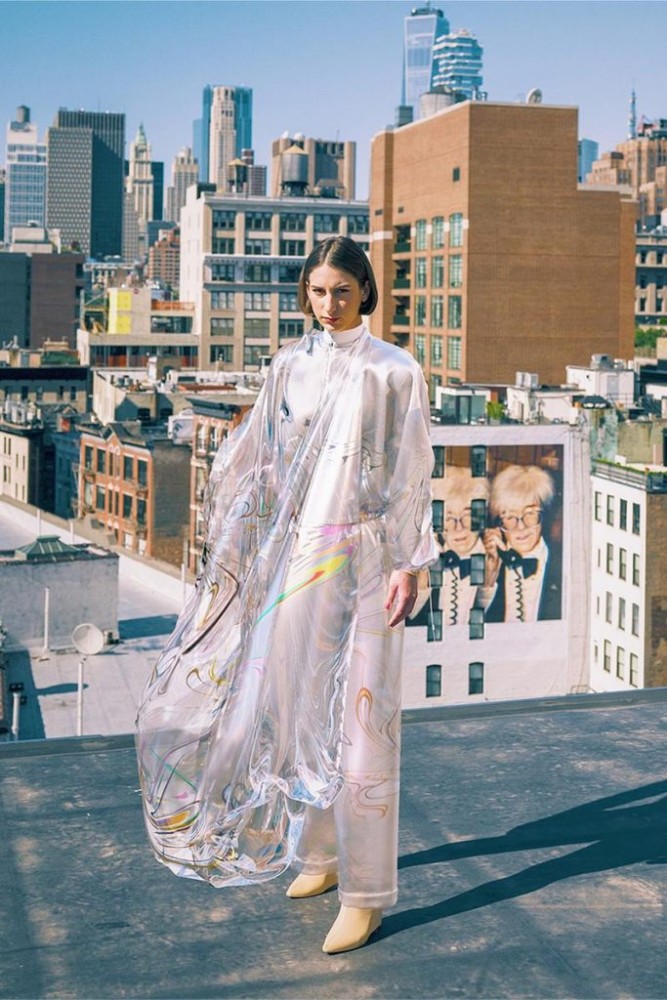
Image courtesy: The Fabricant
Influencers in real life shouldn’t feel immediately defeated against this virtual competition, although there might be an added amount of pressure to perform. While certain categories might see digital clothing as a far stretch of a concept, fashionistas are quickly embracing the medium with open arms.
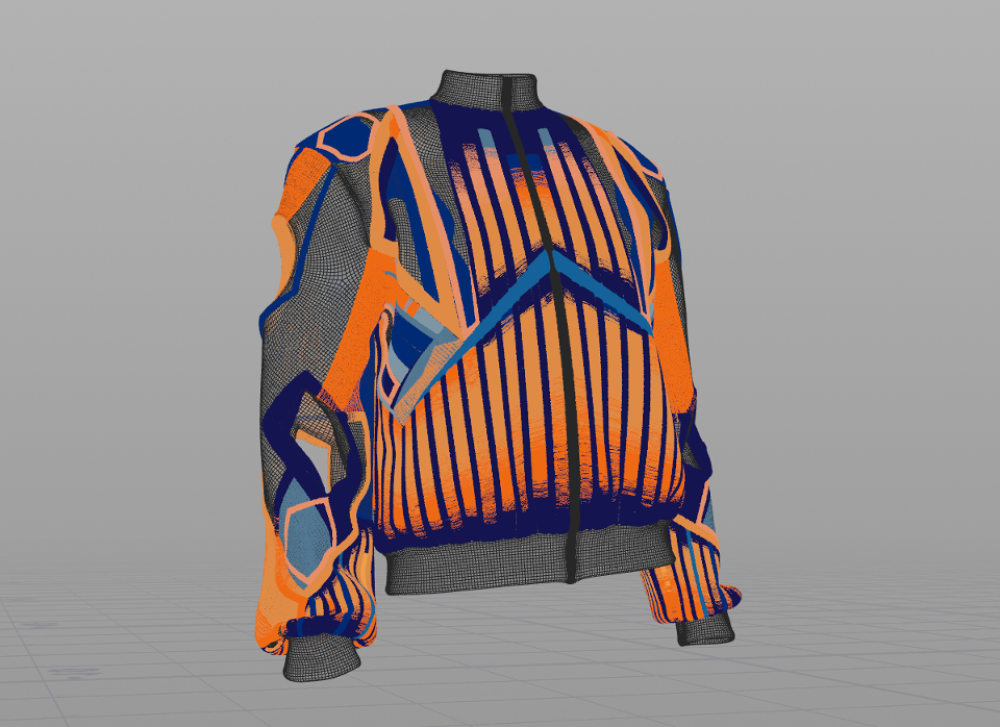
Image courtesy: The Fabricant
Consuming digital-only apparel will be an integral part of the future for so many reasons. For pleasure, influencers and other users can purchase “garments” on a whim. It technically takes seconds to put together a perfectly curated look, whether it’s a casual fit or a couture- worthy extravaganza. What’s exceptionally great about it is that technology enables these outfits to fit like a second skin – and they’re very forgiving for all body shapes and sizes.
Digital clothing is proving to be more than just a quick-fix solution for vanity purposes. In the long run, it can significantly pay off in terms of sustainability, eliminating carbon emissions from the process of production. Looping you on hard facts, the global fashion industry emits 1.7 billion tonnes of CO2 per year – more than the amount produced by international flights and shipping.
GAMIFICATION
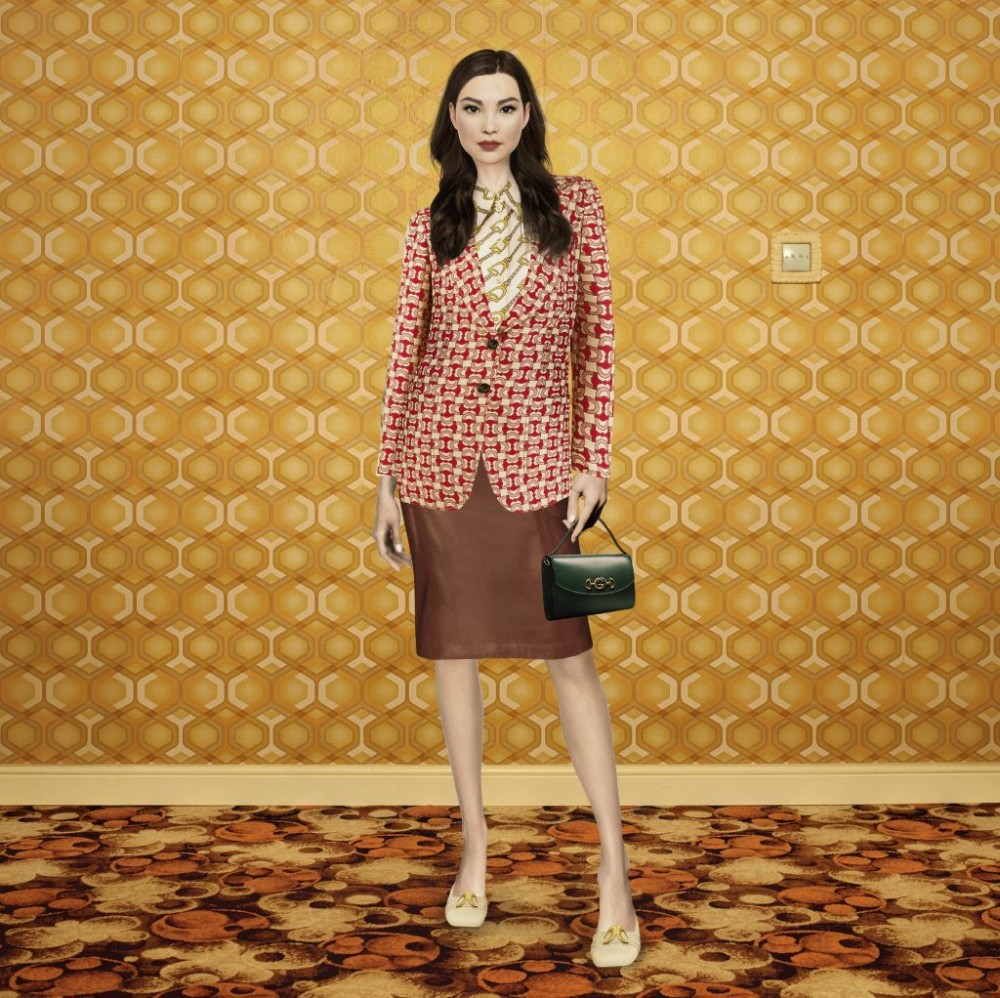
Image courtesy: Drest
The ongoing lockdown in various countries has accounted for an increase in gaming at home. Fashion-styling games such as Drest allow you to play dress-up and put your flair for style to the test. Users can compete in style challenges, pay for in-game extras, and click out to buy the actual products from brands and platforms including Gucci, Burberry and Farfetch.

Image courtesy: Drest
Another app, Roblox, known for its virtual Nike offerings, has expanded the avenue of personal creativity by adding a user-generated content store. Players can buy a head-to-toe look, entirely designed by other users. It’s not all mere play, either – users who are adaptive to such newness can monetise it. The monthly average revenue for full-time creators selling items online is about US$26,000 and can reach up to six figures, according to senior director of product Matt Brown.
D I G I T A L – O N LY RUNWAYSHOWS
Fashion buyers, editors and VIP shoppers who are regulars at the major fashion capitals will need to take an indefinite pause for their frequent travels. Therefore, anyone who sees fit to showcase their clothing moving forward on a catwalk must adapt to all things digital.
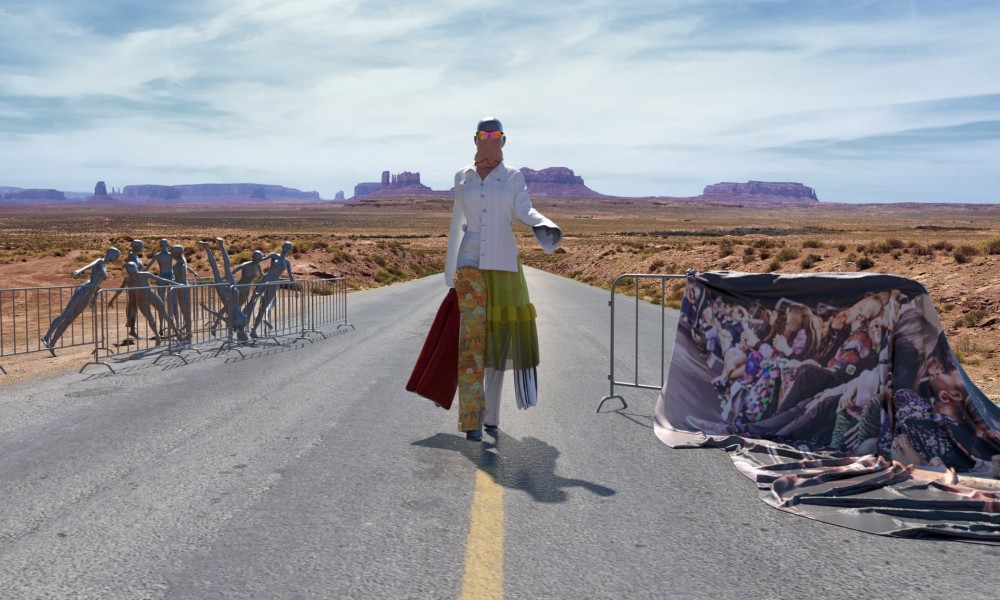
A virtual fashion show on The Fabricant
Image courtesy: The Fabricant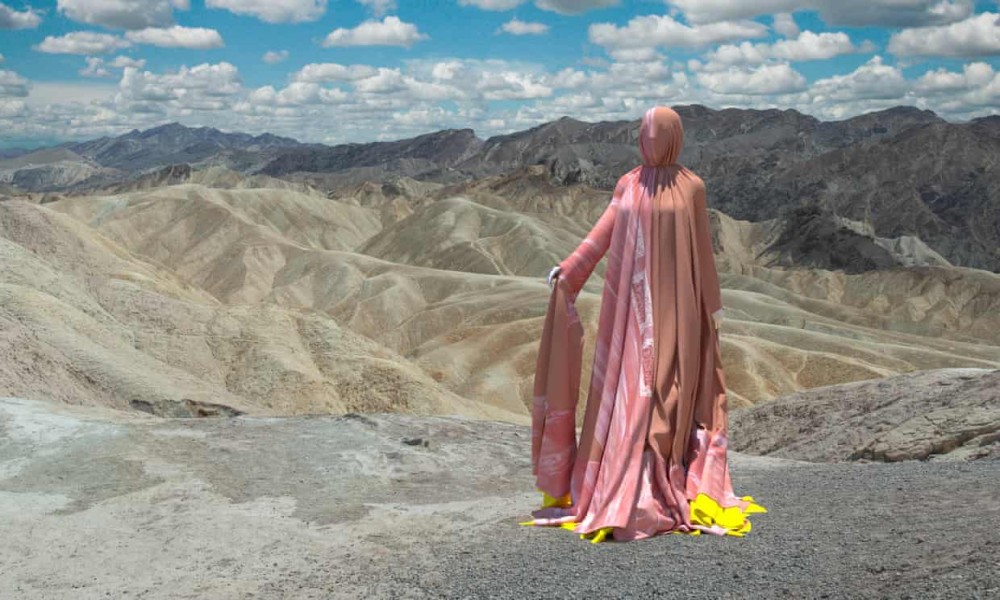
Another digital space created by ditial-only fashion house The Fabricant
Image courtesy: The Fabricant
Shanghai and Moscow were among the first wave of adopters to the format earlier this year, and Fashion Weeks in London and Helsinki are the next to follow suit. Others who might be tempted to make such digital integrations shouldn’t hesitate, as there is no wrong answer right now. Shows could become more immersive and hi-tech as the medium unfolds – 3D avatars wearing digitally created clothing, real models’ faces beamed onto 3D bodies, and real models wearing real or digital clothing are all viable options. #
Text / Michael Cheung
Digital Rendering / Eric Pang



























